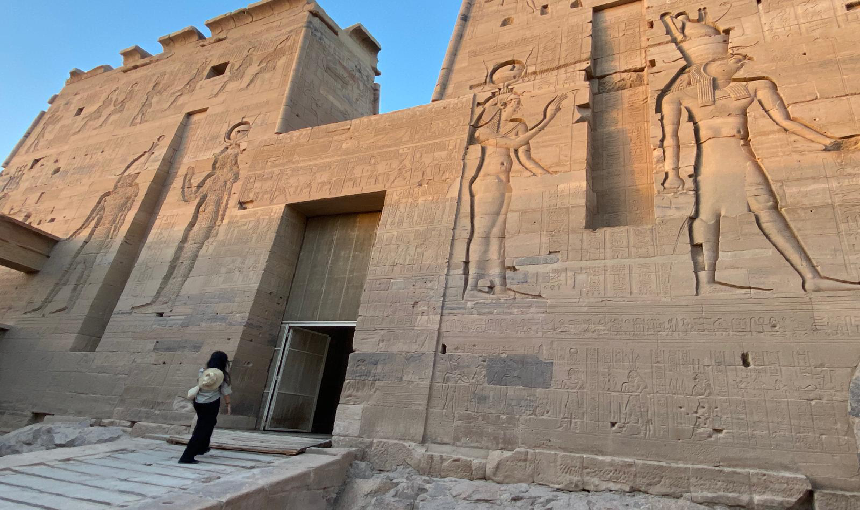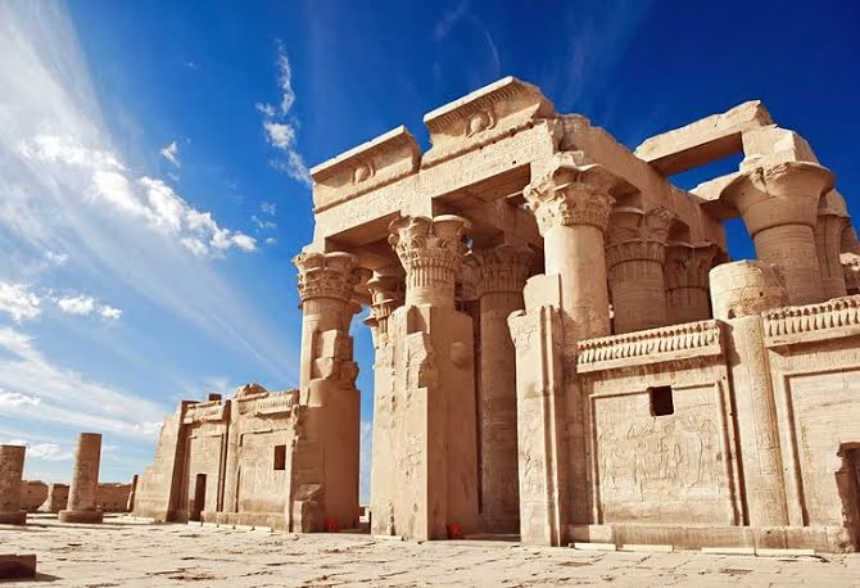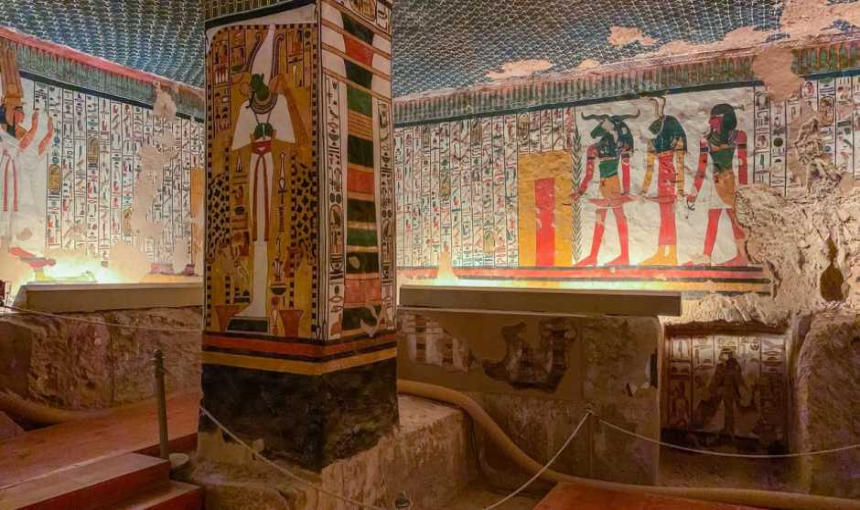Abu Simbel Temples: A Journey into Egypt’s Ancient Wonders
The Abu Simbel Temples stand as one of Egypt’s most remarkable monuments. Located on the western bank of Lake Nasser, these grand temples were built by Pharaoh Ramses II in the 13th century BC. Their awe-inspiring design, size, and history draw countless visitors each year, making them a must-see destination on any Nile cruise. In this article, we’ll take you through the significance, architectural brilliance, and fascinating history behind the Abu Simbel Temples.
A Glimpse into History
Pharaoh Ramses II ordered the construction of the Abu Simbel Temples to honor himself and his queen, Nefertari, as well as the gods Ra-Horakhty, Ptah, and Amun. The Great Temple, dedicated to Ramses II, features colossal statues of the pharaoh seated on his throne, standing 20 meters tall. The Small Temple, dedicated to Nefertari, is equally impressive, showcasing intricate carvings and artistry that highlight the grandeur of ancient Egyptian civilization.
The temples were originally carved into the mountainside, a symbol of Ramses II’s power and divine status. Their location, deep in Nubia, aimed to display Egypt’s dominance over the region and to remind the Nubians of the Pharaoh’s supreme rule.
The Relocation: A Modern Engineering Marvel
One of the most incredible aspects of the Abu Simbel Temples’ story is their relocation in the 1960s. Due to the construction of the Aswan High Dam, which would flood the original site, a global effort led by UNESCO saved the temples from being submerged underwater. Engineers carefully dismantled and reassembled the entire complex on higher ground, piece by piece. This monumental task took four years and ensured the preservation of one of Egypt’s most treasured landmarks.
Architectural Brilliance
The temples exemplify ancient Egypt’s architectural innovation and mastery. The Great Temple’s four colossal statues of Ramses II greet visitors at the entrance, each one intricately carved and lifelike. Inside, the temple’s interior walls boast detailed carvings that depict the king’s military victories, especially his triumph at the Battle of Kadesh. These inscriptions remain some of the best-preserved pieces of Egyptian art.
One of the temple’s most extraordinary features occurs twice a year – on February 22 and October 22 – when the sun’s rays illuminate the statues inside the Great Temple’s inner sanctum. This event marks the pharaoh’s coronation and birthday, demonstrating the ancient Egyptians’ profound understanding of solar alignment and astronomy.
The Significance of Abu Simbel
The temples at Abu Simbel are more than just a marvel of architecture. They symbolize the political and spiritual significance of ancient Egypt. Ramses II constructed these temples to cement his legacy as one of Egypt’s greatest rulers. The sheer size and intricacy of the temples convey the pharaoh’s divine status and his connection to the gods.
For Egyptologists and history enthusiasts, Abu Simbel offers a glimpse into the grandeur of the New Kingdom and its rulers’ desire for immortality through monumental structures. It remains a symbol of Egypt’s rich heritage, attracting thousands of visitors who come to witness this ancient wonder firsthand.
Check the Best Nile Cruises:
- Standard 5 Stars Nile Cruise.
- Deluxe 5 Stars Nile Cruise.
- Luxury 5 Stars Nile Cruise.
- Ultra Luxury 5 Stars Nile Cruise.
- Lake Nasser Nile Cruise.
- Dahabyia Nile Cruise.
- Felucca Adventure Nile Cruise.
- Cairo Dinner Cruise.
Visiting Abu Simbel Today
Located near the Sudanese border, Abu Simbel is accessible by air from Aswan or via Lake Nasser cruises. The site provides an extraordinary backdrop, with the Nile and surrounding desert adding to its majestic aura. When visiting the temples, you can explore the intricate carvings. Walk through the vast chambers, and immerse yourself in the history that shaped one of Egypt’s most significant pharaohs.
To fully appreciate the magic of Abu Simbel, many visitors recommend attending the Sound and Light Show. This event brings the temples to life, narrating the history of Ramses II and his monumental achievements against the illuminated backdrop of these iconic structures.
Conclusion
Abu Simbel is a testament to the extraordinary vision and ambition of ancient Egypt. Whether you’re a history buff, an architecture enthusiast, or simply someone drawn to the wonders of the world. This ancient site will leave a lasting impression. From its rich history and architectural genius to its modern-day preservation, Abu Simbel continues to captivate visitors from around the globe.
Ready to witness the grandeur of the Abu Simbel Temples on your next Nile adventure? Book your Nile cruise with Direct Nile Cruise Egypt and step into Egypt’s ancient history. Don’t miss out on this incredible journey to one of Egypt’s most iconic landmarks!
Follow us on Facebook, Instagram, Pinterest and X.
Don't miss checking our other Egypt Nile Cruises




